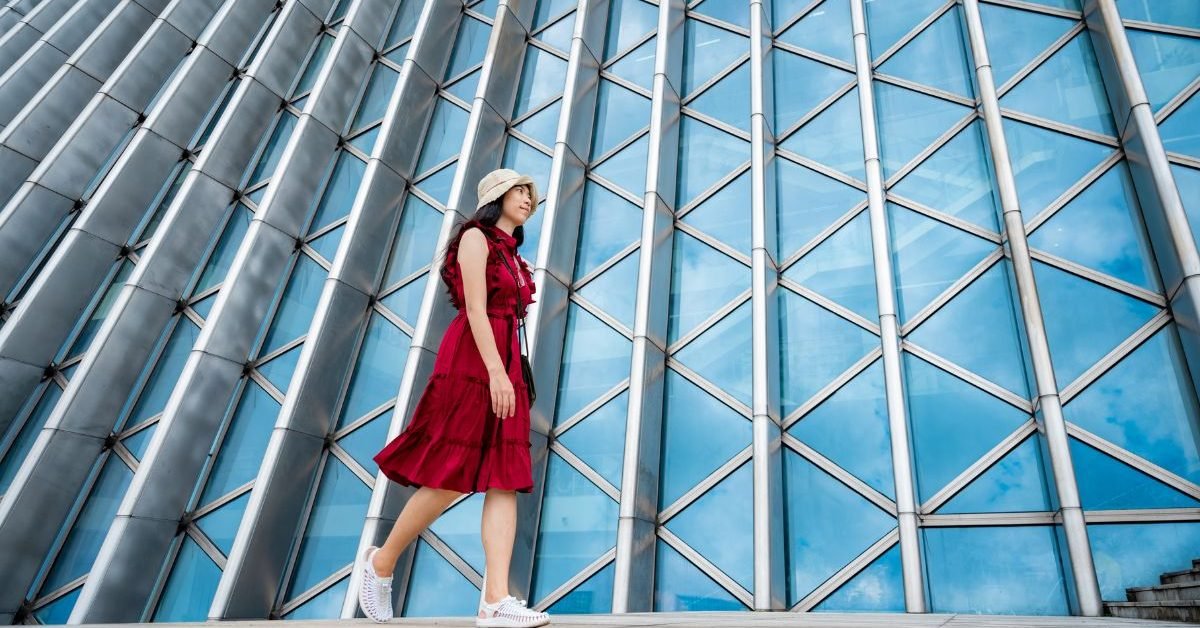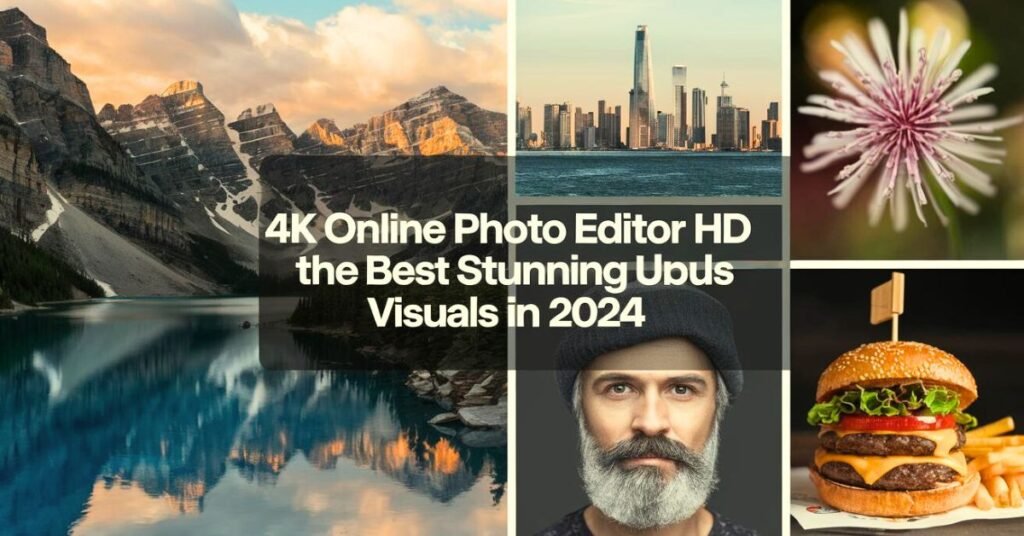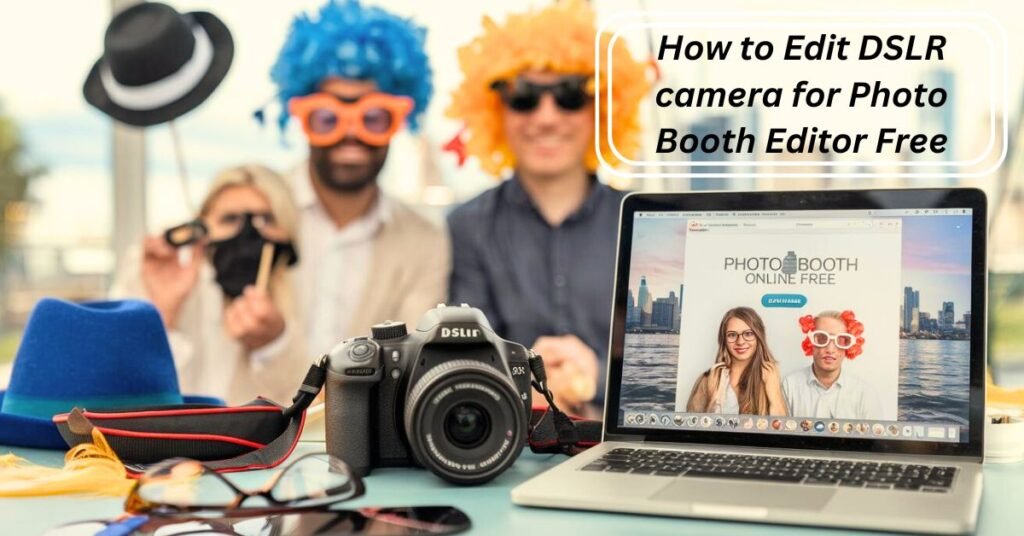Architectural photography is a unique and captivating form of visual art that focuses on capturing the beauty, design, and essence of buildings and structures. Whether you’re a beginner or a seasoned photographer, learning how to effectively photograph buildings can add a new dimension to your portfolio. In this comprehensive guide, we’ll walk you through essential techniques, tips, and best practices to master architectural photography and create stunning images.
What is Architectural Photography?
Architectural photography is the practice of photographing buildings and other structures, focusing on design, aesthetics, and the relationship between architecture and its environment. Unlike other forms of photography, it requires a keen eye for lines, symmetry, textures, and lighting to showcase the subject in the best possible way.
The purpose of architectural photography often goes beyond simply capturing a building’s appearance. It seeks to convey the story behind the structure, the intent of its design, and how it interacts with its surroundings.
Why Architectural Photography is Important
Architectural photography plays a crucial role in various industries, including real estate, construction, architecture, and design. High-quality images of buildings are often used in marketing materials, portfolios, and publications.
For architects, these images highlight the finer details of their work, such as the way natural light interacts with the building’s form or the intricacy of its design elements. For real estate professionals, beautiful photos help showcase properties, driving interest and sales.
Key Benefits of Architectural Photography:
- Showcases Design and Creativity: Captures the architect’s vision.
- Provides Documentation: Documents historical buildings or new construction projects.
- Inspires Others: Inspires creativity and appreciation for architectural design.
Essential Equipment for Architectural Photography
Before diving into techniques, it’s important to have the right tools for the job. While you can achieve good results with basic equipment, investing in certain gear will improve the quality of your architectural photography.
Camera and Lens Choices
A high-resolution camera is essential in architectural photography to capture the intricate details of buildings. DSLRs and mirrorless cameras are popular choices due to their versatility and image quality. Full-frame cameras are often preferred because they offer better dynamic range and low-light performance, which is useful when shooting buildings in challenging lighting conditions.
Lenses:
- Wide-Angle Lenses: These are ideal for capturing the entirety of large buildings and fitting more into the frame, especially when shooting in confined spaces. A focal length of 16mm to 35mm works well for most architectural photography needs.
- Tilt-Shift Lenses: These lenses are designed to correct perspective distortion, a common issue in architectural photography where buildings can appear to tilt or lean when shot from certain angles. A tilt-shift lens helps maintain straight lines in the image, providing a more accurate representation of the structure.
Tripod and Accessories
A sturdy tripod is a must-have in architectural photography, especially when shooting in low-light conditions or capturing long exposures. A tripod helps keep your camera steady, ensuring sharp images. Additionally, using a remote shutter release or a camera timer can minimize camera shake when taking the shot.
Other helpful accessories include:
- Filters: Polarizing and ND filters can control reflections and improve image contrast.
- Drones: For aerial shots and capturing unique perspectives of large structures.
Mastering Lighting in Architectural Photography
Lighting is one of the most critical elements in photography, and this is especially true for architectural photography. The way light interacts with a building can significantly influence the mood, depth, and overall appearance of the image.
Natural Light vs. Artificial Light
In architectural photography, natural light is often the best light source because it enhances the structure’s details without altering the colors or materials. The best times to photograph buildings using natural light are during the “golden hour” (shortly after sunrise or before sunset), when the sunlight is soft and warm, casting long shadows that add depth and texture to the scene.
Artificial light, on the other hand, can be useful for indoor architectural photography, especially in dimly lit spaces. Interior lighting can highlight specific design elements and create ambiance, making the space appear inviting and functional.
Night Photography
Nighttime architectural photography can produce dramatic, visually striking images. When shooting at night, you’ll want to focus on how artificial lighting (like street lamps, building lights, or interior lighting) interacts with the structure. Long exposure shots can create beautiful light trails and enhance the glow of illuminated buildings.
Composition Techniques in Architectural Photography
Composition is another vital element in architectural photography. Good composition helps direct the viewer’s eye to important aspects of the building, leading to a more engaging and aesthetically pleasing image.
Framing and Perspective
The perspective from which you shoot a building can drastically change how it looks in the final image. For example, shooting from a low angle can make a building appear larger and more imposing, while shooting from a higher vantage point (if possible) gives a more balanced view of the structure.
Key Composition Tips:
- Leading Lines: Use natural lines in the environment (such as roads, fences, or the building’s own lines) to guide the viewer’s eye through the image.
- Symmetry and Balance: Many buildings have symmetrical designs. Capturing this symmetry can make for visually appealing photos. Try centering the building in the frame for a balanced composition.
- Negative Space: Incorporating empty space around the building can help emphasize its size and grandeur, or create a minimalistic effect.
Playing with Reflections
Reflections can add a layer of creativity to architectural photos. By incorporating reflections from windows, water bodies, or other reflective surfaces, you can create dynamic and eye-catching images that highlight a building’s design.
Correcting Distortion in Architectural Photography
One of the challenges in architectural photography is distortion, where buildings can appear to tilt or lean in the image. This often happens when shooting from below or using wide-angle lenses.
How to Minimize Distortion:
- Use Tilt-Shift Lenses: These lenses are specifically designed to counteract distortion, keeping lines straight and maintaining a natural perspective.
- Correct in Post-Processing: Many photo editing software programs, such as Adobe Lightroom or Photoshop, allow you to correct distortion in post-production. Tools like the “lens correction” feature can help straighten lines and fix any perspective issues.
Editing Architectural Photos
Post-processing is a vital part of architectural photography. Editing can help enhance colors, contrast, and sharpness while correcting any distortions or flaws in the original image.
Basic Editing Tips:
- Adjust Exposure: Correct any overexposure or underexposure to bring out the building’s details.
- Enhance Colors: Subtle color enhancements can make a building’s materials stand out.
- Crop for Impact: If there are distracting elements in the background, cropping can help improve the image’s composition.
Software Recommendations:
- Adobe Lightroom: Great for adjusting exposure, contrast, and color balance.
- Adobe Photoshop: Ideal for more advanced editing, such as removing unwanted objects or correcting distortion.
- Capture One: Another powerful editing tool that offers excellent color correction features.
Tips for Photographing Interiors
Interior architectural photography requires a slightly different approach. When shooting indoors, you’ll likely be working with limited space, and lighting conditions may vary.
Key Tips for Interior Photography:
- Use Natural Light When Possible: If there are large windows, take advantage of the natural light they provide.
- Focus on Details: In addition to capturing the whole space, pay attention to design details such as textures, furniture, or lighting fixtures.
- Keep Lines Straight: As with exterior photography, try to keep vertical lines straight to avoid distortion.
Legal Considerations in Architectural Photography
When photographing buildings, it’s essential to be aware of legal issues. Some buildings, especially private or historical structures, may have restrictions on photography. Always check whether you need permission to photograph a building, particularly if you plan to sell or publish the images.
General Legal Tips:
- Public vs. Private Property: While photographing from public spaces is usually permitted, entering private property to take photos often requires permission.
- Copyright Laws: Be aware that some modern buildings may be protected by copyright laws, especially if the architect has restricted their design from being photographed for commercial purposes.
Conclusion: Capturing the Art of Architecture
Architectural photography is both challenging and rewarding, offering endless opportunities to explore the beauty of buildings. By mastering the technical aspects, such as lighting, composition, and perspective, and using the right equipment, you can create captivating images that showcase the uniqueness of architectural designs.
Whether you’re shooting historic landmarks or modern structures, architectural photography allows you to tell stories through the lens, highlighting the artistic and functional aspects of the world’s buildings. Start experimenting today, and see how the art of architecture unfolds through your camera.
Photo Editor Online HD! Our powerful, web-based editing platform allows you to enhance, crop, and add unique effects to your photos with ease. Experience flexibility and control with our user-friendly interface, perfect for both beginners and professionals. With Photo Editor Online HD, you can transform your images into stunning visuals in no time. Explore our exciting features – from basic adjustments to advanced design tools like adding text, shapes, and icons. Plus, our free drawing tool lets you add that extra flair to your photos. Start creating amazing designs today with Photo Editor Online HD.









